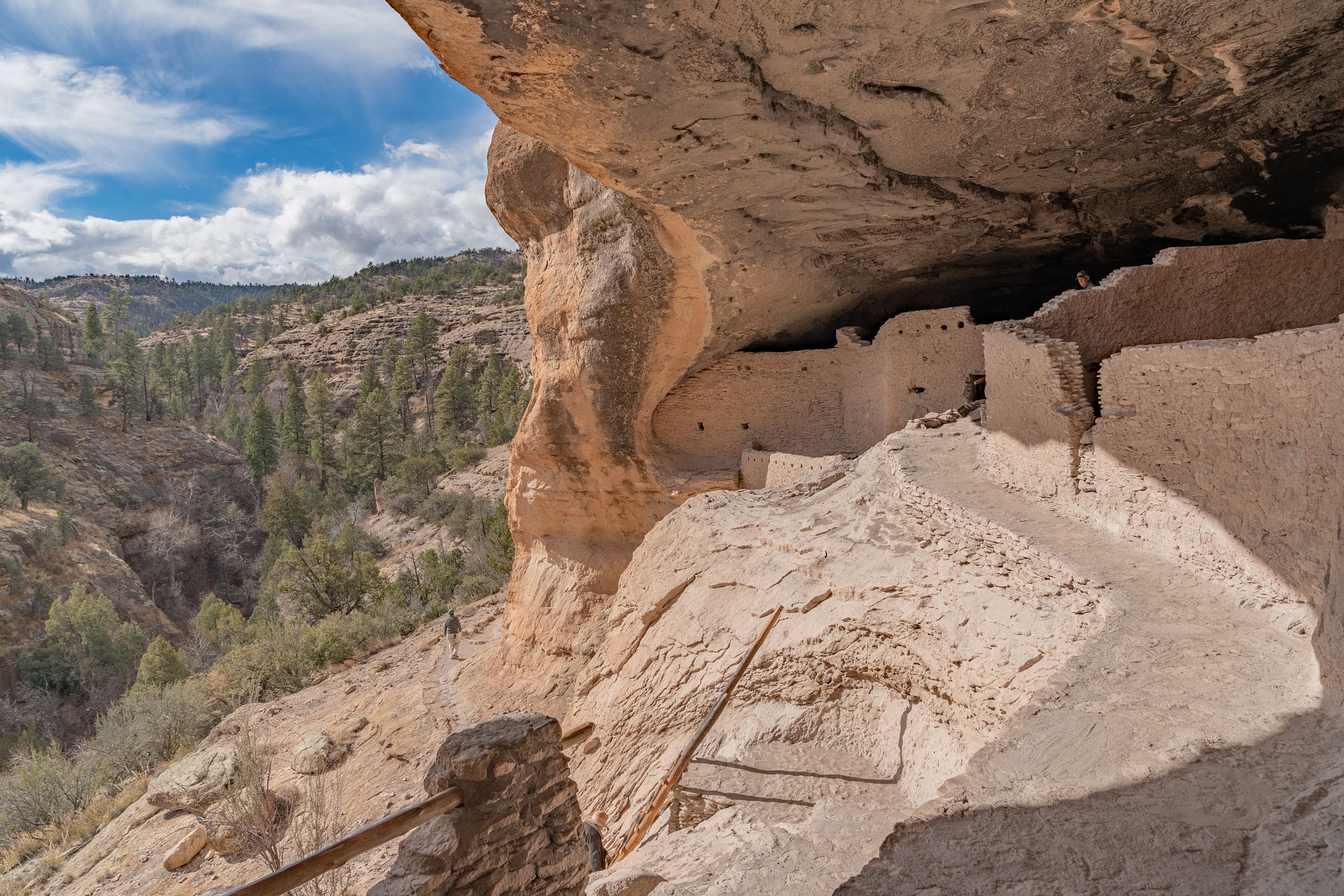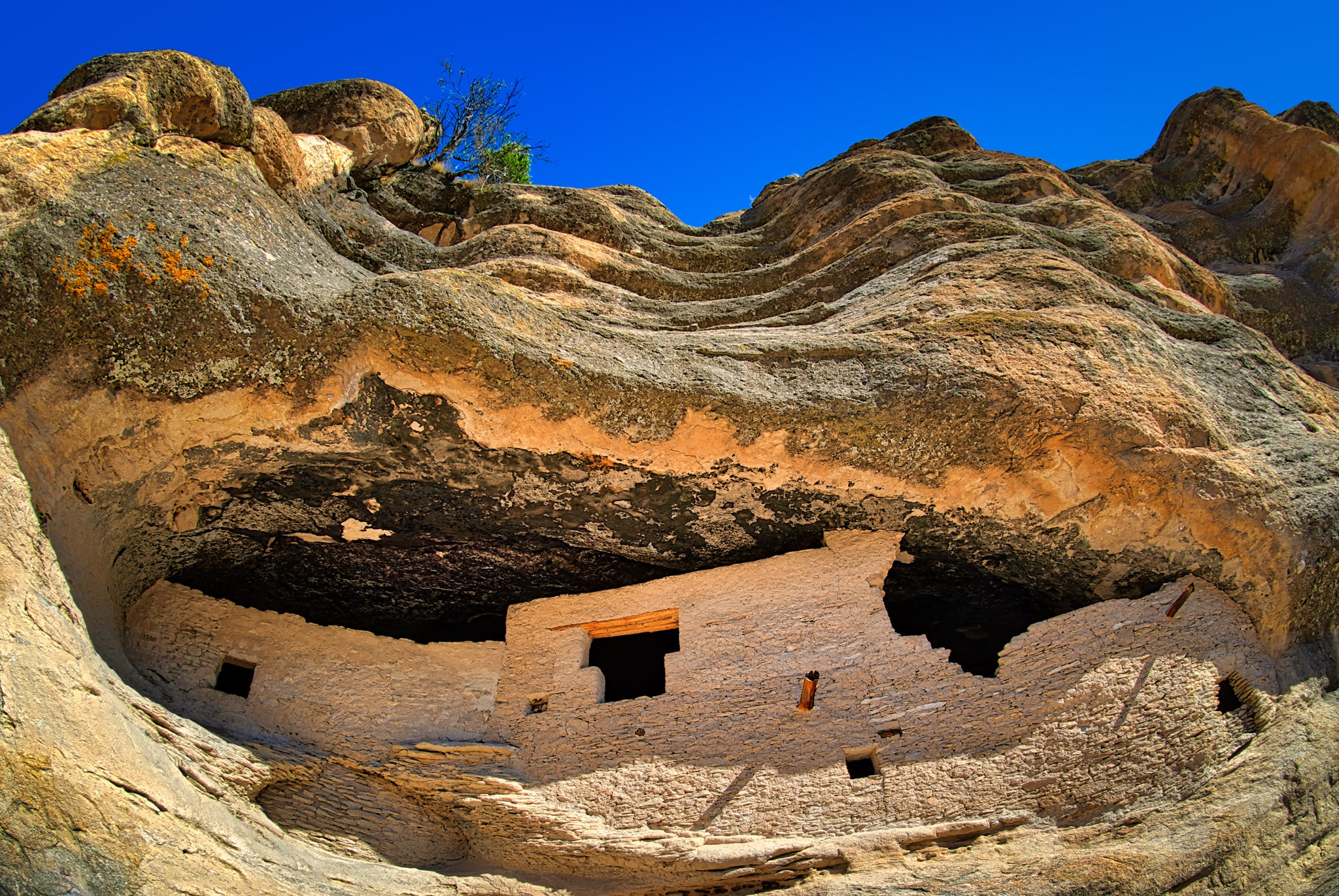
Echoes in Stone: Unearthing the Secrets of Gila Cliff Dwellings
In the rugged, untamed heart of New Mexico’s Gila Wilderness, where the Ponderosa pines scrape the sky and the Gila River carves its ancient path, lies a place suspended in time. It is a sanctuary of silence and stone, a testament to human ingenuity and resilience: the Gila Cliff Dwellings National Monument. Here, high within the protective embrace of volcanic rock alcoves, the remnants of a vanished people whisper stories across the millennia, inviting us to step back and contemplate a life lived in profound harmony with, and at the mercy of, a wild and unforgiving landscape.
The journey to Gila Cliff Dwellings is, in itself, an act of pilgrimage. Winding roads snake through the vast expanse of the Gila National Forest, a verdant ocean of evergreens, red rock mesas, and deep canyons. It’s a landscape that demands attention, a place where cell service fades and the modern world recedes, replaced by the rustle of leaves and the distant cry of a hawk. This deliberate isolation is no accident; it is precisely what has preserved these fragile structures for over 700 years, ensuring that the experience of encountering them remains as raw and authentic as possible.
As one approaches the monument, the sheer scale of the wilderness becomes humbling. The air, crisp and clean, carries the scent of pine and damp earth. Then, suddenly, carved into the tawny face of a towering cliff, the dwellings emerge. They are not immediately obvious, blending seamlessly with the natural contours of the rock, a testament to the builders’ masterful understanding of their environment. Nestled within seven large, natural caves or alcoves, roughly 180 feet above the canyon floor, are the ghostly remains of a community.

A Brief, Brilliant Occupation
These magnificent structures, primarily made of adobe mortar, stone, and timbers, were home to a group of Ancestral Puebloans, specifically people of the Mogollon culture, who migrated into the area around 1275 AD. Their occupation was surprisingly brief, lasting only about 20 to 30 years, yet in that short span, they built a complex and defensible village of approximately 42 rooms. It was a bustling hub of activity, a place where families lived, cooked, slept, and created.
"Imagine the sheer effort," muses Sarah Jenkins, a long-time park ranger at Gila Cliff Dwellings, her voice echoing softly in the cool, still air of one of the larger rooms. "Hauling water up from the Gila River, bringing timber from the forest, mixing adobe by hand, all without the tools we take for granted. Every single stone, every beam, every handful of clay represents countless hours of labor and an incredible communal spirit."
Life here was dictated by the rhythms of nature. The Mogollon people were skilled farmers, cultivating corn, beans, and squash in the fertile canyon bottoms, relying on the life-giving waters of the Gila River. They supplemented their diet by hunting deer, rabbits, and other small game, and by gathering wild plants. Their days would have been filled with the practicalities of survival: grinding corn on metates, preparing meals over open fires, crafting tools from stone and bone, and weaving baskets and textiles.
One of the most remarkable aspects of the Mogollon culture, particularly its Mimbres branch (though the dwellers here were a later group, they shared cultural affinities), was their distinctive pottery. Known for its intricate black-on-white designs, often featuring geometric patterns or stylized images of animals and human figures, Mimbres pottery is celebrated for its artistry and cultural significance. While the cliff dwellers themselves may not have produced the classic Mimbres style, their presence in the region connects them to this rich artistic heritage. Each pot, each design, tells a story, offering a glimpse into their cosmology, their daily lives, and their spiritual beliefs.
The dwellings themselves reveal much about their inhabitants. The rooms vary in size and shape, some small and cozy, likely sleeping quarters, others larger, serving as communal areas or storage rooms for their precious harvests. The strategic placement of the village, high above the canyon, offered both protection from the elements and a clear vantage point to observe their surroundings, a crucial defense against potential threats. The natural caves provided excellent insulation, keeping the rooms cool in the summer and relatively warm in the winter, a testament to their understanding of passive solar design long before modern architecture.
The Enduring Mystery of Departure
Just as their arrival remains somewhat shrouded in the mists of time, so too does their departure. After a mere two or three decades, the people of Gila Cliff Dwellings packed their belongings and moved on, leaving their homes remarkably intact, as if intending to return. The reasons for this abrupt abandonment around 1300 AD are not definitively known, but archaeologists and historians propose a confluence of factors common to many ancient Puebloan migrations across the Southwest.

"There was no single catastrophic event that drove them out, as far as we can tell," explains Dr. Elena Rodriguez, an archaeologist specializing in the Mogollon culture. "Instead, it was likely a complex interplay of environmental pressures – perhaps prolonged drought impacting their crops, or a depletion of local resources like timber and game. Social dynamics, shifts in trade routes, or even the allure of new opportunities and larger population centers to the south or east could have played a role. These people were not static; migration was a common survival strategy in the ancient Southwest."
Their departure marks the end of a unique chapter in the Gila’s human history, leaving behind a profound silence that echoes through the empty rooms. Yet, their legacy endures, etched into the very stones of the cliffs and woven into the fabric of the landscape.
Preservation and the Modern Encounter
The significance of Gila Cliff Dwellings was recognized early in the 20th century. In 1907, President Theodore Roosevelt, a staunch conservationist, designated it as a National Monument, making it one of the earliest protected cultural sites in the United States. This foresight ensured that these precious ruins would be preserved for future generations, allowing visitors to connect directly with a pivotal period of human history.
Today, the National Park Service meticulously maintains the site, working to protect the delicate adobe and stone from the ravages of time and weather. The visitor experience is carefully curated to minimize impact while maximizing understanding. A well-maintained trail leads up to the dwellings, a moderately challenging hike that rewards visitors with breathtaking views and a profound sense of anticipation.
Stepping inside the dwellings is an almost spiritual experience. The air is cooler, the light softer, and the silence is palpable, broken only by the chirping of birds or the whisper of the wind. One can almost hear the faint echoes of daily life: children playing, women grinding corn, men discussing the hunt. The small doorways and low ceilings require a stoop, a physical act of humility that connects the modern visitor to the ancient inhabitants. Looking out from the cliff edge, one sees the same panoramic views of the Gila Wilderness that the Mogollon people would have gazed upon, the same sun rising and setting over the same rugged mountains.
"It’s more than just old walls," Ranger Jenkins elaborates, gesturing towards the vast expanse of the wilderness below. "It’s a powerful reminder of our shared human story. These people faced challenges we can barely imagine, yet they thrived here for a time, building a home, a community, a life. Their ingenuity, their adaptability, their deep connection to the land – these are universal lessons that still resonate today."
A Timeless Lesson
The Gila Cliff Dwellings are not merely archaeological ruins; they are a living classroom, a sanctuary for reflection, and a testament to the enduring human spirit. They invite us to consider not just how people lived in the past, but how we live today. What can we learn from their resourcefulness, their community, their intimate knowledge of their environment? In an age of rapid change and disconnection, these ancient homes offer a powerful reminder of the fundamental human need for shelter, community, and a sustainable relationship with the natural world.
As the sun begins its descent, casting long shadows across the canyon and painting the cliff faces in hues of orange and purple, the Gila Cliff Dwellings seem to glow with an inner light. They stand as silent sentinels, guardians of ancient secrets, waiting for the next visitor to come and listen to their timeless whispers. To visit is to journey not just through space, but through time, emerging with a deeper appreciation for the resilience of humanity and the profound, enduring power of place. In these echoes of stone, we find not just history, but a reflection of ourselves, and a poignant message from a world that once was, and whose spirit still lingers in the wild heart of the Gila.


